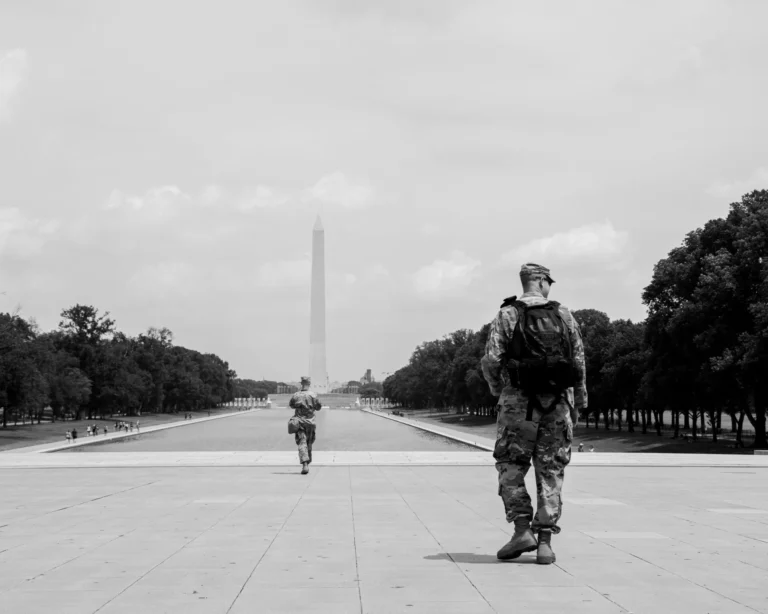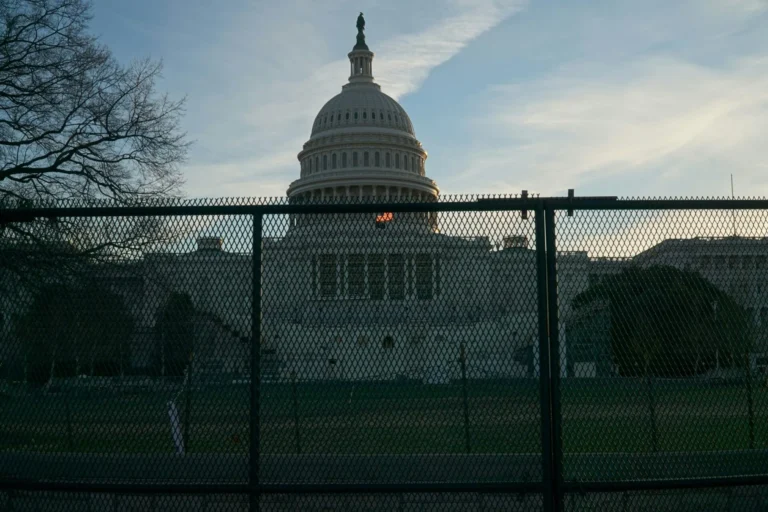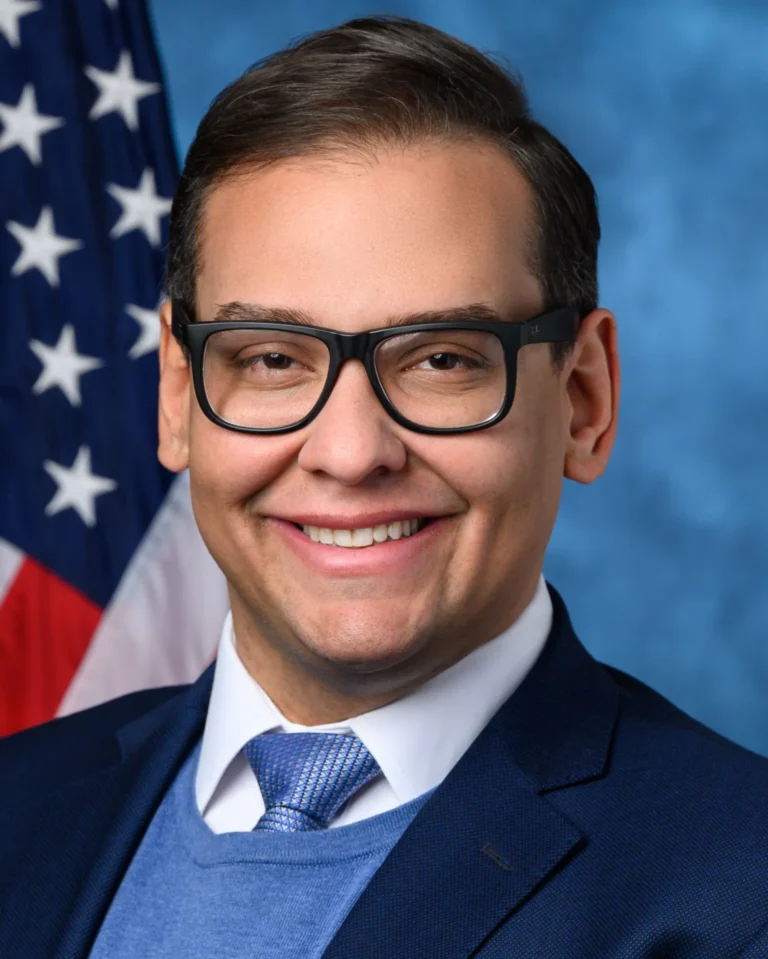Right now, Members of Congress are having an argument over what types of investments the U.S. government should make over the next fiscal year.
Essentially, the conservatives only want investments in jails, an expanded domestic spying apparatus, and an increasingly powerful group of armed forces. They say they hate Big Government, but have an insatiable desire to create Big Brother in this country.
Many of the left-wing individuals in Congress aren’t that much better, but at least they often have a desire to invest a fair segment of the people’s money in the people and in the country’s infrastructure.
Basically, do Americans want a government that only spies on and jails its citizens, or one that also invests in them? That question is at the crux of this impasse.
But what, if any, activities tied to Congress are still performed during the shutdown?
A study was published on this matter by the Congressional Research Service – a body that creates non-partisan, easy-to-understand reports on matters confronting Congress – shortly before the beginning of the most recent shutdown. The American Spark quotes the small report in its entirety, to offer its readers a “behind-the-scenes” window into this process:
When has the legislative branch experienced a lapse in appropriations?
“Between FY1996 and FY2025, the legislative branch experienced three funding gaps; see below. Note that the first date is the final date of budget authority (budget authority expired at the end of that day) prior to a gap, and the second date is the day the gap was terminated by the enactment of a continuing resolution or one or more regular appropriations acts:
- FY1996, between November 13 and 19, 1995 (5 full days). Legislative branch appropriations were enacted after this funding gap and before the subsequent 21-day lapse in appropriations that impacted some other portions of the federal government.
- FY2014, between September 30 and October 17, 2013 (16 full days).
- FY2018, between January 19 and 22, 2018 (2 full days). Funding expired at midnight on Friday, January 19. Funding was enacted on Monday, January 22, although shutdown procedures (e.g., activities to enable an orderly shutdown, building closures, cancellation of public events) had already commenced.
“Legislative branch appropriations were enacted prior to the start of FY2019, and before the 34-day lapse in appropriations that impacted some other portions of the federal government.
What actions did Congress take during the October 2013 shutdown?
“During the first FY1996 shutdown and the FY2014 shutdown, the House and Senate continued to engage in many aspects of the legislative process.
“For example, in 2013, legislation was introduced, reported, and passed in both the House and Senate; some roll call votes occurred (these are listed in the Senate’s 2013 annual roll call list, and House votes are listed by date, for example, October 1, 2013); committees held hearings and meetings (see those published by the Government Publishing Office, or listed by date in the Daily Digest); and nominations were received and considered in the Senate.
What shutdown guidance is available to House and Senate offices?
“In prior Congresses, guidance has been issued by the House Committee on House Administration, the Senate Committee on Rules and Administration, and House and Senate support offices (e.g., the Senate Chief Counsel for Employment, the House and Senate disbursing or payroll offices). For example, see the guidance issued in 2013 and in 1995 by the House. The Committee on House Administration posted updated guidance in September 2025.
What information is available regarding legislative branch agency shutdown plans?
“During a lapse in appropriations, activities of legislative branch agencies would likely be restricted, in consultation with Congress, to activities required to support Congress in the performance of its constitutional duties or those necessary to protect life and property (see 1990 Government Accountability Office General Counsel letter).
“Although executive branch agencies are required to submit their shutdown plans to the Office of Management and Budget (OMB) pursuant to OMB Circular No. A-11, this requirement does not apply to the legislative branch.
“In advance of prior shutdowns (or potential shutdowns), some information related to planned operations was posted online (for example, by the Library of Congress, the Government Publishing Office, and the Congressional Budget Office). In addition, information on some agency services (e.g., expected levels of facilities services provided by or contracted by the Architect of the Capitol) was communicated through ‘Dear Colleague’ letters.
How does a lapse in appropriations impact salaries for Members of Congress?
“Due to their constitutional responsibilities, Members of Congress are not subject to furlough. Members of Congress continue to receive their pay during a lapse in appropriations for a number of reasons:
- Member salaries have been provided by a permanent, mandatory appropriation since the enactment of P.L. 97-51 (95 Stat. 966, September 11, 1981, 2 U.S.C. §4501 note).
- Article I, §6 of the Constitution states, ‘Senators and Representatives shall receive a Compensation for their Services, to be ascertained by Law, and paid out of the Treasury of the United States.’
- The Twenty-Seventh Amendment to the Constitution added: ‘No law, varying the compensation for the services of the Senators and Representatives, shall take effect, until an election of Representatives shall have intervened.’
- Additionally, the Government Accountability Office’s (GAO’s) Principles of Federal Appropriations Law (p. 6-105) states: ‘The salary of a Member of Congress is fixed by statute and therefore cannot be waived without specific statutory authority. B-159835, April 22, 1975; B-123424, March 7, 1975; B-123424, April 15, 1955; A-8427, March 19, 1925; B-206396.2, November 15, 1988 (non-decision letter).’ However, as each of these cases points out, nothing prevents a Senator or Representative from accepting the salary and then, as several have done, donate part or all of it back to the United States Treasury.”
“For information and links to legislation introduced since the 112th Congress, see CRS Report 97-1011, Salaries of Members of Congress: Recent Actions and Historical Tables, by Ida A. Brudnick.
“For more historical information from 1995, see CRS Report 97-615, Salaries of Members of Congress: Congressional Votes, 1990-2025, by Ida A. Brudnick.
How does a lapse in appropriations impact salaries for legislative branch employees?
“There is no authority to disburse pay absent an appropriation, including for employees who are exempt from furlough and required to work.
“Pay dates and frequency vary across the House, Senate, and legislative branch agencies.
“Following the end of a lapse in appropriations, retroactive pay is statutorily required for all employees (including, pursuant to the Government Employee Fair Treatment Act of 2019, P.L. 116-1, any furloughed employees).
“For additional information, see CRS In Focus IF11703, Federal Employee Furloughs: Types and Implications, by Taylor N. Riccard.”






